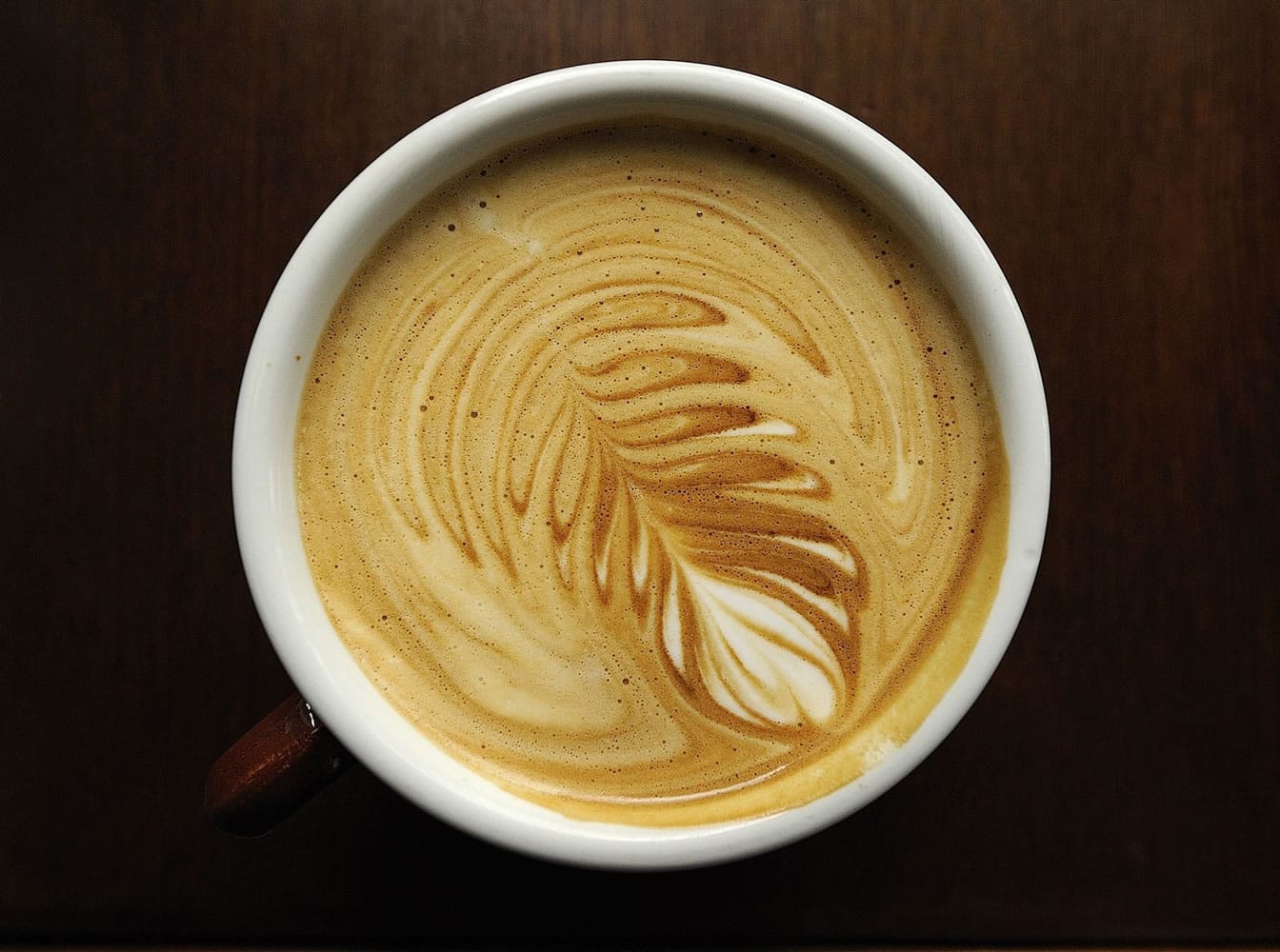Hang around in Vancouver’s coffee houses and you could hear an odd set of comments from customers — at least those that are paying attention.
“Uh, excuse me, but there’s a dragon in my cup,” might echo across the woody lounge at Coffee Villa in Orchards.
“Can you put an octopus in that?” a young patron once asked the baristas at Downtown’s Dripster by River Maiden.
Sometimes customers want a little swan in their cup, or a big leafy Rosetta.
Or even, um, former President Bush?
“I saw one just the other day that had George W. Bush’s face,” said Matthew Selivanow, a barista at Coffee Villa, somewhat admiringly.
Fortunately for all of us, these aren’t a list of new coffee flavorings.
They’re latte art — pictures that baristas draw in the foam at the top of a latte to give it a special look.
It’s a trend that started in Seattle in the 1980s and has continued to grow as America’s coffee culture has matured.
And in Vancouver, behind the counters of our many coffee shops, it’s something that baristas geek out over passionately.
“There’s hearts, tulips,” said Zack Stahl, a manager at Dripster. “Sometimes I go on YouTube with (co-worker) Jake (Timmerman) and we’re just like, ‘Man, did you see that pour?’”
Purists will tell you the only “real” way to make latte art is with the free pour method — drawn by wiggling your hand as you pour the milk to get a specific shape.
But a growing number of modern baristas like to stencil images using a pointy object, like a thermometer or a toothpick, to draw more complex images.
“People do all sorts of crazy stuff,” Stahl said. “If you have artistic talent, it helps.”
The one thing pretty much everybody agrees on is that the trick of latte art is all in the milk.
Perhaps appropriate then, is that the word “latte,” which describes a mixture of espresso shots and steamed milk, means “milk” in Italian.
It’s all in the milk
“If you steam the milk too much, it won’t work at all,” Selivanow said, swishing a freshly steamed cup of the white liquid in a metal container. “If the milk is too thin, the image won’t rest on top of the coffee. If it’s too heavy, you get a blob.”
You want to steam the milk to 160 degrees, which makes a special sound on the machine like a grumble or whir, he explained. Once it’s steamed, you need to let it sit for a few seconds, then swish it around until the liquid develops almost a paintlike sheen.
After that, you pour it into the espresso very slowly, and when your pour gets to the top of your cup, you wiggle your hand to get different patterns, he said.
Selivanow’s sister, Lyndsey Selivanow, who also works in the store and has several years of barista experience, said the presence of latte art indicates that the milk in the drink was steamed correctly.
“Not only does steaming milk give it the right foam texture, but it also aerates the milk and makes it sweeter,” she said as she poured one customer’s latte.
The owner of the city’s two River Maiden coffeehouses thinks latte art is so important that she requires all drinks served in her shops — at least when it’s possible — to include latte art, Stahl said.
“We require it on every drink that goes off the table,” Stahl said. “It takes about six to eight months to get really good at it. But when you do it day after day it almost feels weird to pour a drink without latte art.”
Right now the company is having an internal contest amongst its baristas to see who can pour the best Rosetta, a more common, leafy looking free-pour type of latte art, he said.
There’s a learning progression for new baristas as they start creating latte art. They begin with the heart, which is the easiest, then learn the Rosetta, and finally they learn the tulip, which is sort of a combination of the first two patterns, Stahl said.
“What makes the tulip tough is the starting and stopping (with your hand),” he said.
One of the hardest requests Timmerman said he ever got seems simple on the surface — an Easter egg.
“The pattern you get is sort of container based,” Timmerman said. “So if it’s a round cup, it ends up sort of round. I just couldn’t get the egg to take the right shape.”
Some of Stahl’s favorite patterns are dragons and phoenixes, he said, although the weirdest and hardest request he ever got was from a little girl who wanted an octopus.
“It didn’t come out so well, it sort of looked more like sushi,” Stahl said with a laugh. “Of course, you’re always your own toughest critic.”
Matthew Selivanow said he’s starting to feel pretty confident about making dragons, but it’s still hard to do them consistently.
“Not every customer that comes in appreciates latte art when we do it, anyway,” he added. “Some just pop the lid on, others come in and ask, ‘What are you going to put in my cup today?’ We don’t mind, either way. We want to give customers whatever they want.”
Sometimes customers at Dripster are so enamored of the images that they drink around the sides of their latte to preserve the picture, Timmerman said.
“You’ll go to collect the cup and find a perfectly preserved foam swan at the bottom,” he said with a smile.
Greg Humphreys, a customer at Dripster, said he appreciates the art, but doesn’t usually spend too much time looking at it.
“I have to put a lid on it because I can’t stand to see it go away,” Humphreys said.



